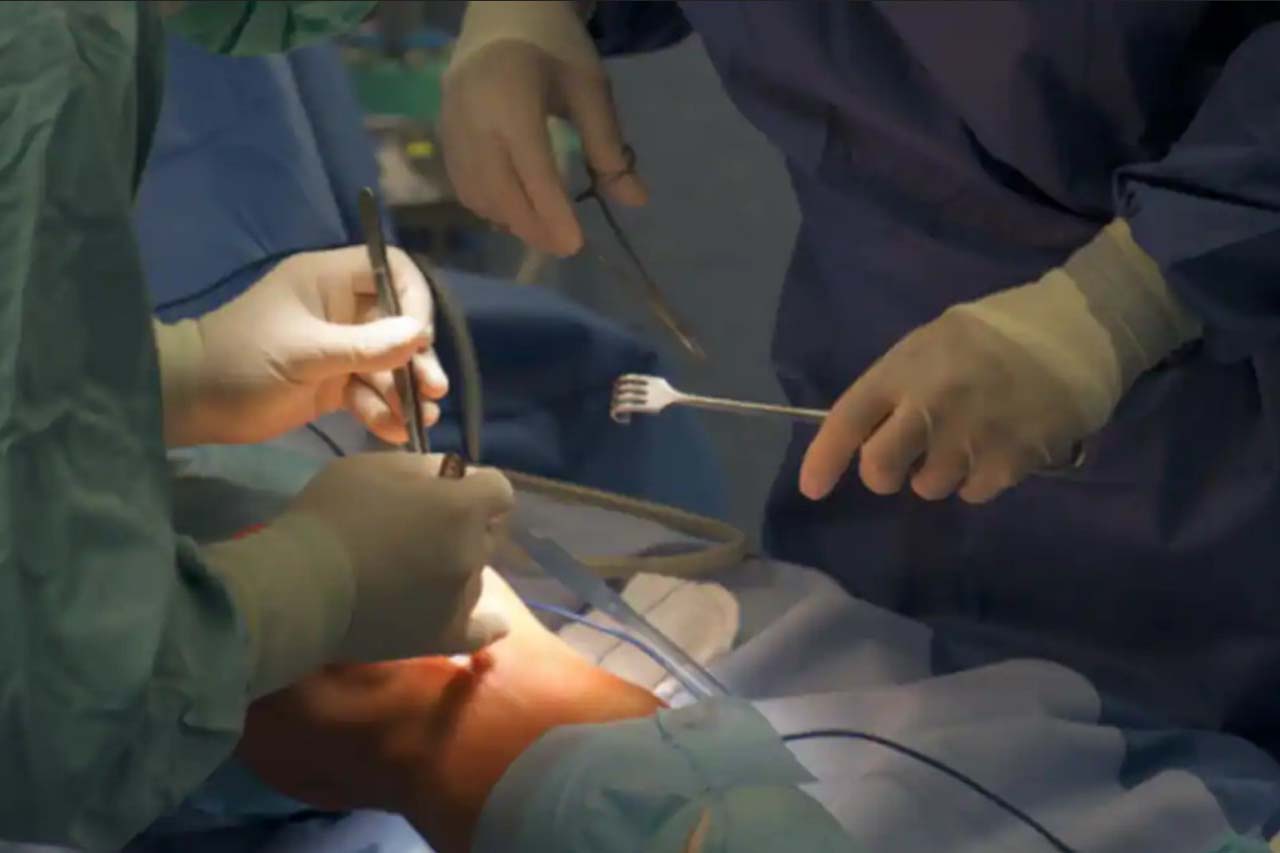


Determining whether to undergo total joint replacement and revision surgery is a big decision, but one that can result in a significantly enhanced lifestyle. Joint replacement surgery entails replacing a diseased joint—most commonly the hip, knee, ankle, or shoulder—with a well-designed and functional artificial implant. Joint replacement surgery is a necessary procedure when considerable cartilage loss occurs in your joint, causing bone-on-bone friction, debilitation, and overbearing pain. Additionally, revision joint replacement surgery is a required procedure when a worn-down joint replacement needs to be replaced and improved, there’s an infection in a replaced joint, and instability in an implanted joint.
Most joint replacement surgeries are successful and last the lifetime of the patient. Occasionally, however, a prosthetic knee, hip, or shoulder joint may need to be replaced. This can be due to the joint loosening over time, infection, dislocation, or other patient-related factors. Additionally, most prosthetic joints last between 10 and 20 years. With younger, more active patients increasingly electing to undergo total joint surgery, the likelihood of a joint simply exceeding its intended lifespan is increased.
Joint revision surgery is a complex undertaking that requires a high level of experience on the part of the surgeon and team, as well as specialized tools, and extensive preoperative planning. In fact, depending on the procedure in question and the particular case, revision of joint replacement can be far more complex than the original surgery. This is why not all surgeons who perform total joint replacement also perform joint revision surgery.
Once the procedure is completed successfully and the patient has sufficiently recovered, joint revision surgery can result in less pain, greater stability, and a greater range of motion.
As with total joint arthroplasty, joint revision surgery is a major medical procedure that requires the patient to be under general anesthesia. This means you won’t be awake for your surgery and will therefore feel no pain. Because joint revision surgery typically involves cutting through major muscles to access the joint, the patient typically has to undergo a recuperation process involving follow-up care and physical therapy that may last up to six weeks or more, depending on the joint involved and the patient’s particular situation.

